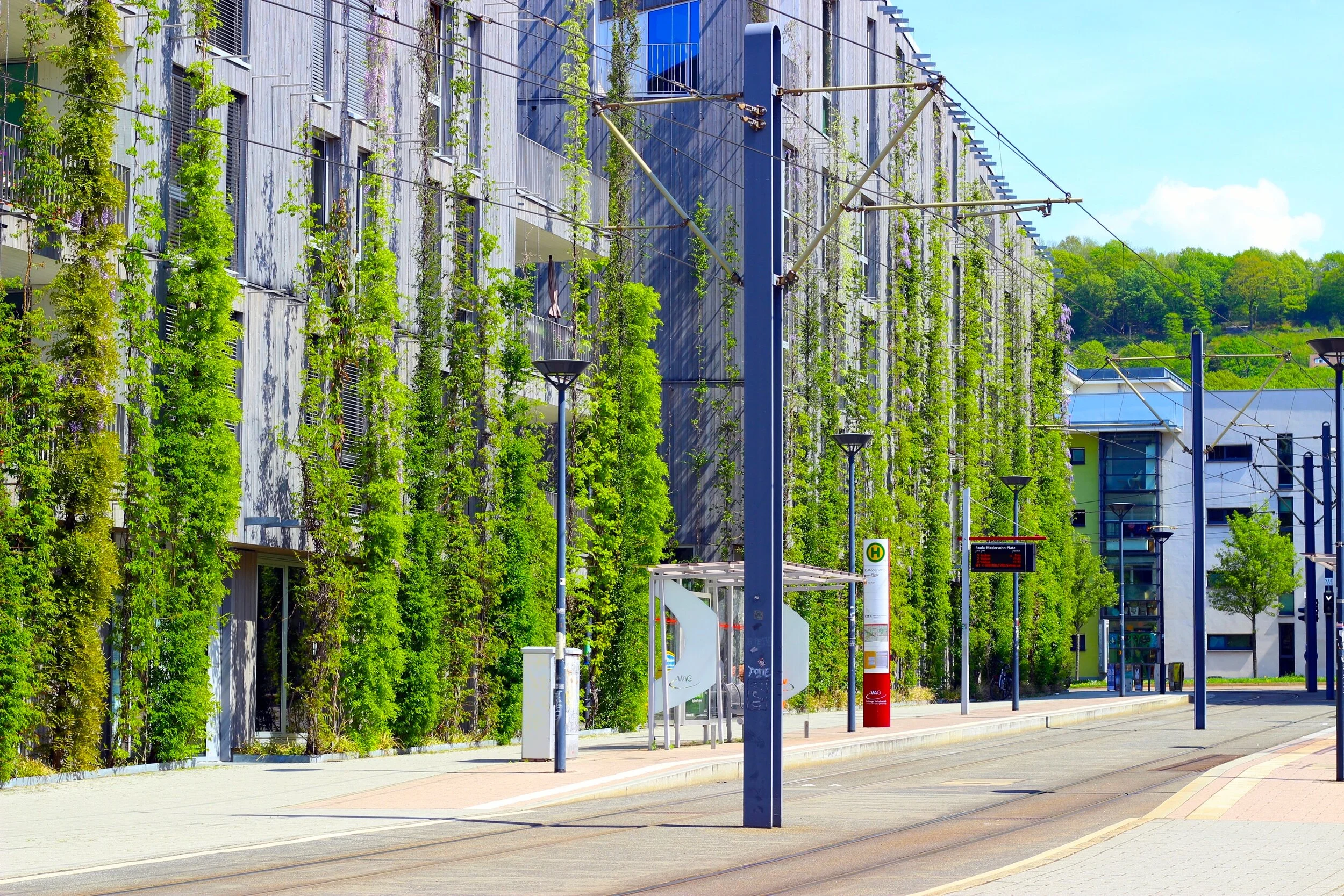Rising cities: continuity, innovation and deliberation of Vauban District
Originally published in the Ecocycles Journal on 3rd October 2017
DOI: https://doi.org/10.19040/ecocycles.v4i2.106
Abstract
The future of the biosphere, indeed of humanity, will be determined in the cities of the 21st century. In 2007, for the first time in history, the global urban population exceeded the global rural population (UN Habitat, 2010). The world population has remained predominantly urban ever since. Cities cover a mere 3% of the planet surface (Columbia University, 2005) but account for 60 - 80% of global energy consumption, 75% of carbon emissions (UNEP, 2012) and more than 75% of the world’s natural resources (Girardet, 2008). With the world now more than half urban and given the ecological consequences of the high-consumption urban centres (Sutto & Plunz 1991), there simply cannot be a sustainable world without sustainable cities.

